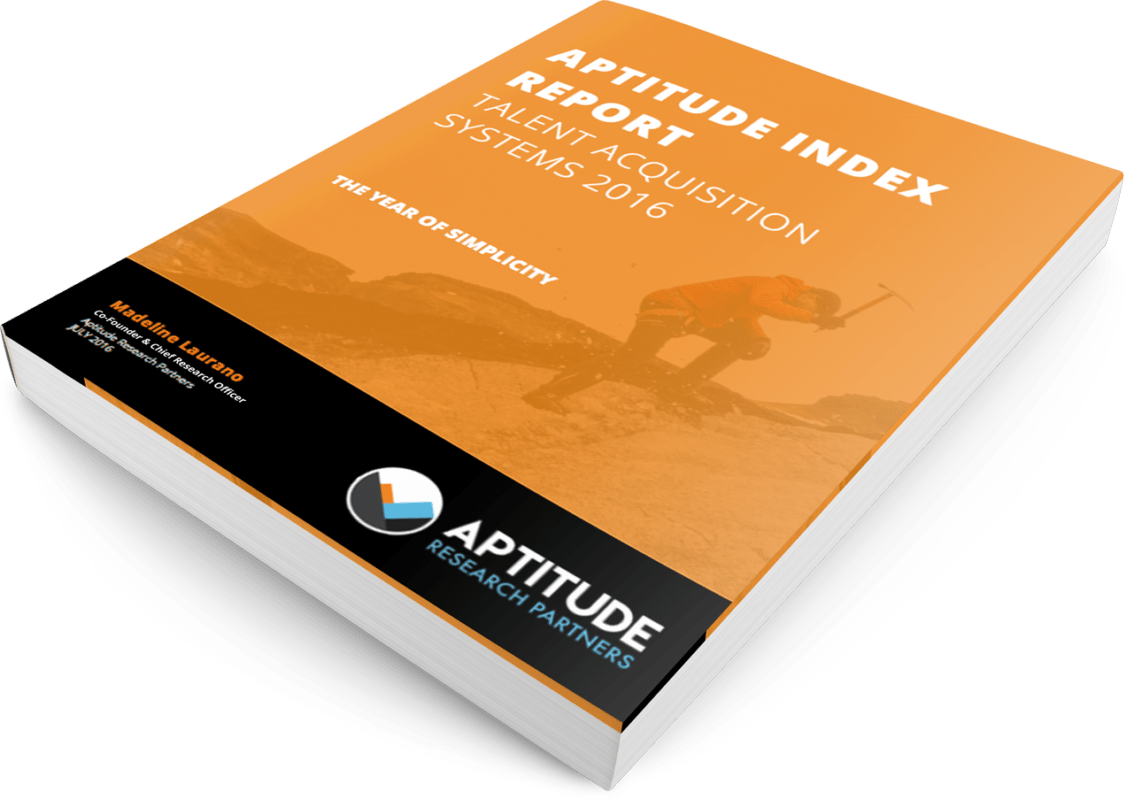It is hard to believe that the HR Technology Conference is just one week away. This will be my 10th year attending the event and I have been spending the past few days reflecting on the past and considering the future. So much has changed in this industry over the past decade. Some of the largest providers have been acquired (Taleo, SuccessFactors, Kenexa and now Monster) and many exciting startups seem to be taking center stage. Providers are going to market with solutions that not only lift the administrative burden off of HR departments but also, provide a meaningful experience for candidates, employees and managers. The value proposition for many of these solutions has never been greater.
As we start to plan for next week, below are five things we are most excited about:
- Startup Pavilion: “The value of an idea lies in the using of it.” – Thomas Edison, General Electric Co-founder. The startups at the conference will not disappoint. Over 50 companies will be participating in this year’s Startup Pavilion including onboarding, assessment, performance management and benefits companies. They are all rethinking the way companies rely on technology to manage their workforce and enhance the employee or candidate experiences.
- Next Great Technology: Speaking of startups…on Tuesday, October 4 at 3:30pm, I will be participating in The Next Great Technology session where participants will be able to hear and vote on 8 of the most exciting providers in the market today. Check out HighGround (performance management) and Clinch (recruitment marketing) who will be featured during this session.
- Performance Management: Are companies really ready to throw out traditional performance management practices and systems and replace them with more innovate and effective options. We think so. We have seen companies such as GE and Lionsgate rethink their approach for performance and invest in new solutions. Many providers are offering viable options- something we have not seen for a long time.
- Candidate Experience: Every talent acquisition provider is prioritizing the candidate experience in all aspects of recruitment. And while we are excited to hear what new technology is improving candidate feedback, we are most excited to hear from industry expert Gerry Crispin– who has spearheaded this movement. (He was also our last guest on the Research on the Rocks podcast).
- Conversations: Last year, we set off on a journey to start a new conversation in HCM. This year, we are excited to continue that conversation by reconnecting with familiar faces and making new friends in this very exciting market. We hope to see you there!








